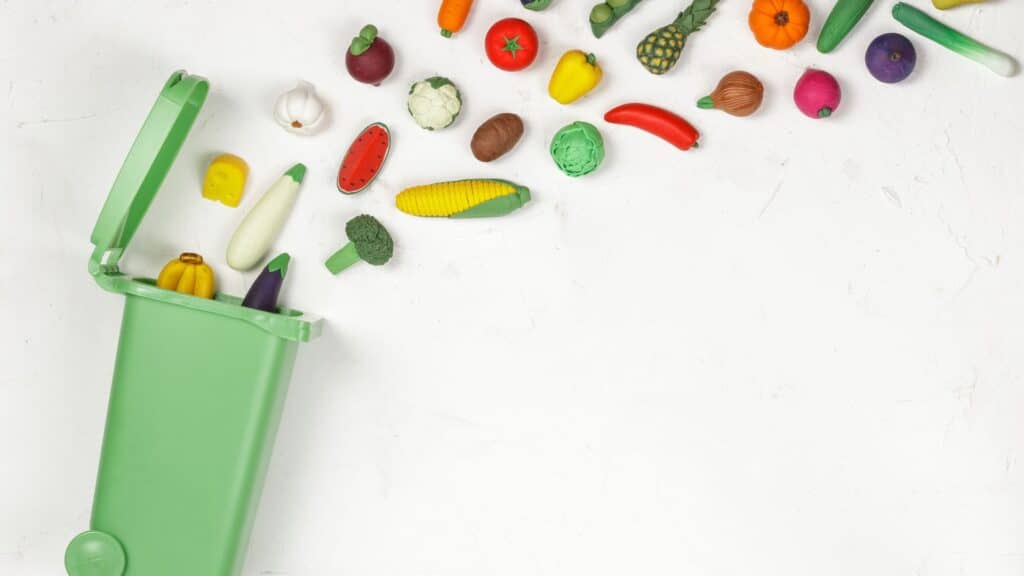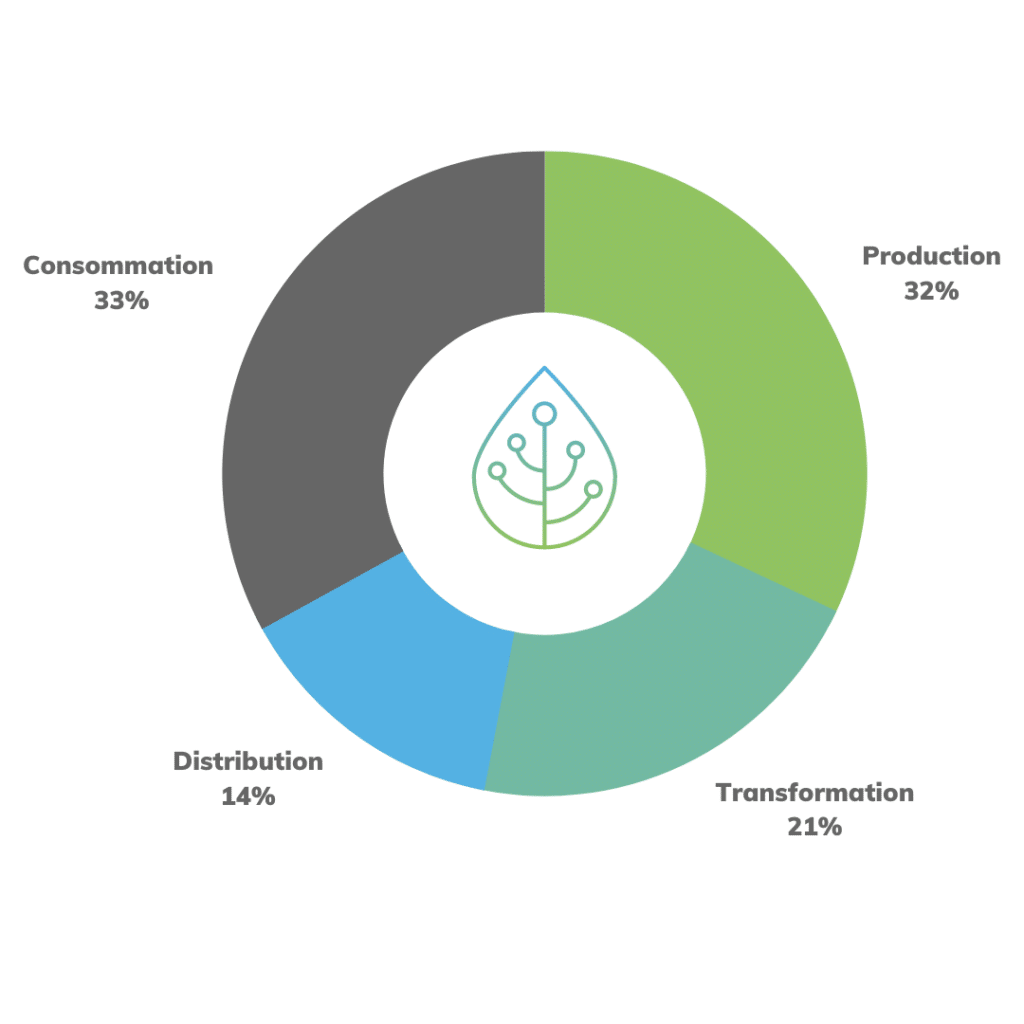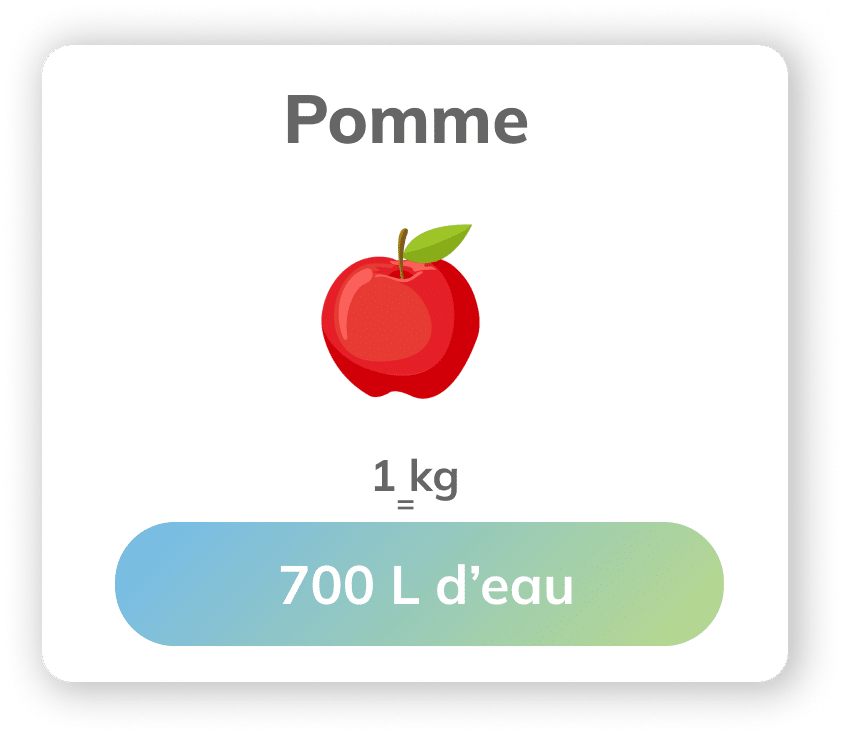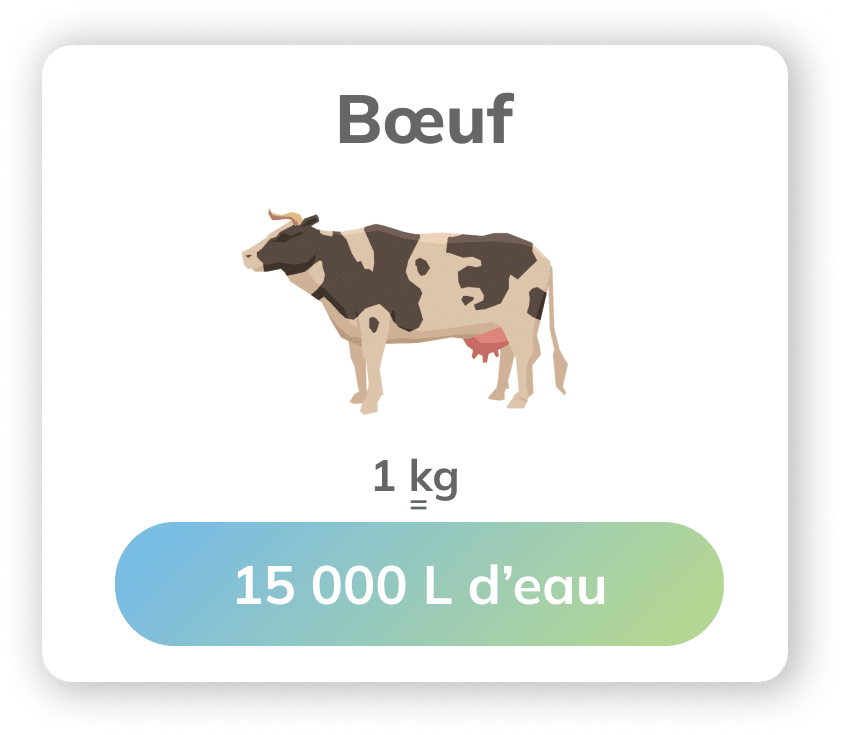Food waste and its impacts

In households or in restaurants, the consumption stage still represents the largest proportion of food losses since this stage represents 33% of total waste in the chain. As you know, at Kikleo our mission is to reduce food waste in collective catering. But why is food waste an emergency today, and what are its impacts?
Food waste in brief
Food waste refers to food that is lost or thrown away at all stages of the food chain, from production to consumption. This may include food that is thrown out because it does not meet quality or presentation standards, excess food prepared in restaurants or at home, or food that has expired or been improperly stored.
We define three scales of food waste which affects each of the actors in the chain:
- Primary waste, which corresponds to losses linked to agricultural production, processing and transport of food;
- Secondary waste, which corresponds to losses linked to distribution, sales and catering;
- Tertiary waste, which corresponds to losses linked to household consumption.

But be careful , we sometimes consider certain food waste as food waste. This waste is in fact considered unavoidable (peelings, bones or shells for example).
In France, according to ADEME, in homes 30kg per year per person
Most wasted food products in the world:

What impacts for the environment?
Wasted water, agricultural land, emissions (waste production, transport)
It is often repeated that if food waste were a country: it would be the third largest emitter of greenhouse gases behind the United States and China. According to the FAO , food waste generates around 8% of global greenhouse gas emissions.
Firstly at the production level, wasted food requires unnecessary use of resources. Land, water and energy are used to produce, transport and store food that will not be consumed. According to a WWF report , 40% of the food produced is not consumed. Every time we throw away food, it represents CO2 released into the atmosphere for nothing.
For a more precise idea of the water resources used to produce our food:
→ Producing cereals for 1kg of apples requires 700 liters of water
→ Producing 1kg of beef requires 15,415 liters of water


Discover our article “ Food waste: what impact on the environment”
What ethical impacts?
Food waste also has a significant ethical impact. While nearly 828 million people around the world suffer from malnutrition, food waste appears to be a blatant injustice. Food waste indirectly contributes to world hunger, inequality and overconsumption. It is also a question of responsibility and respect for the resources we have.
According to the FAO, we could feed all people suffering from malnutrition with only half of the food thrown away in industrialized countries. If the redistribution of these resources seems difficult to envisage, waste still remains a problem in terms of ethics.
Discover our article “ Malnutrition: “Zero hunger” objective in 2030? “
What economic impacts?
Food waste also represents numerous economic losses for the entire chain. It causes considerable financial losses for households, businesses and governments. ADEME estimates the cost of food waste at 16 billion euros per year.
- On a per-person scale, food waste would cost between 100 and 160 euros per year.
- For collective catering, for example, the purchase of resources ultimately not consumed by guests is estimated at 68 cents per guest and per meal, or €17,000 per year for a canteen of 500 guests.
Throwing away food sometimes seems like a small gesture, but its consequences are serious for everyone involved in the chain. It therefore appears imperative to take measures to reduce it as much as possible.
At Kikleo, we offer innovative solutions for collective catering to reduce food waste in the dining room and in the kitchen.
Sources: WWF, FAO, ADEME, Alimenterre.org, youmatter.org
FOR A BETTER FUTURE
Would you like to take action against food waste
Kikleo helps you reduce food waste and increase the performance of your restaurant by offering you a analysis of your losses using innovative technological tools.